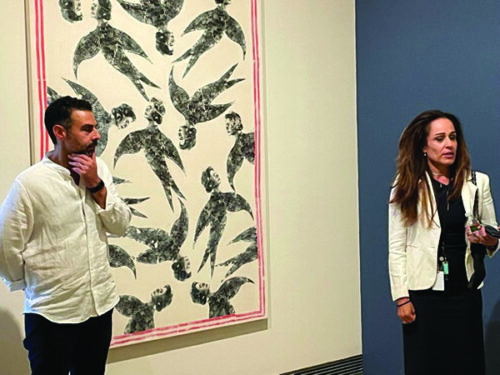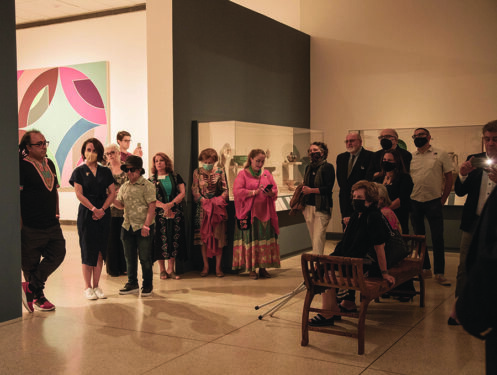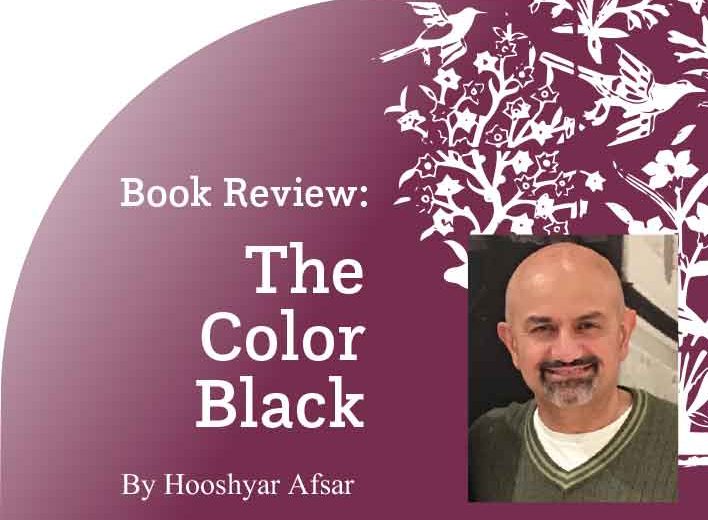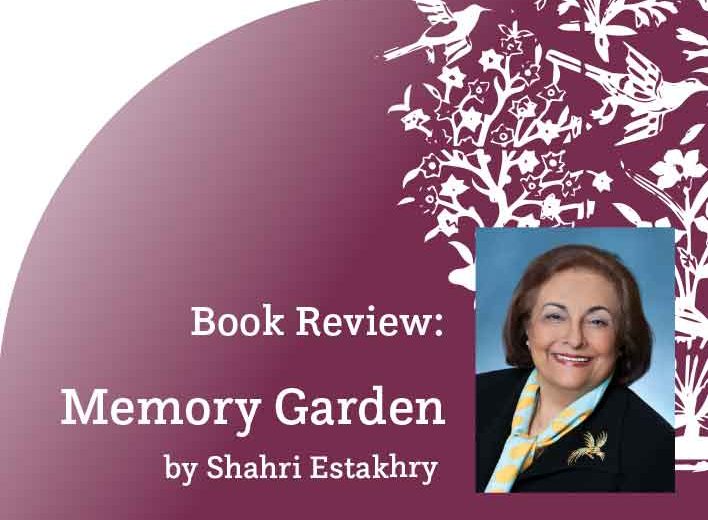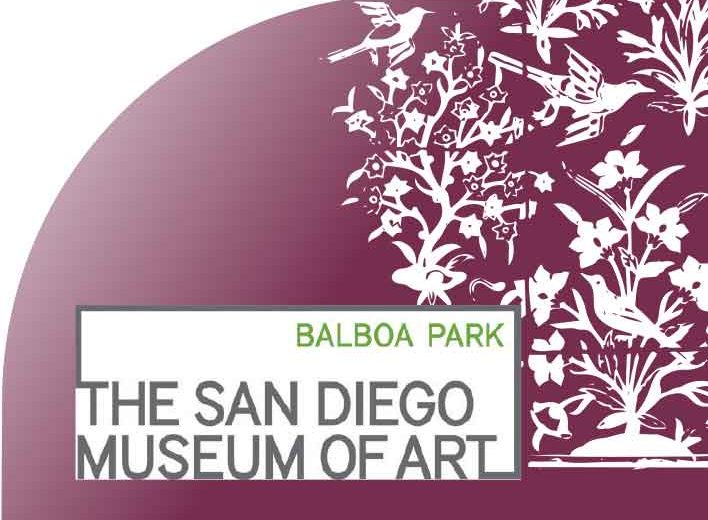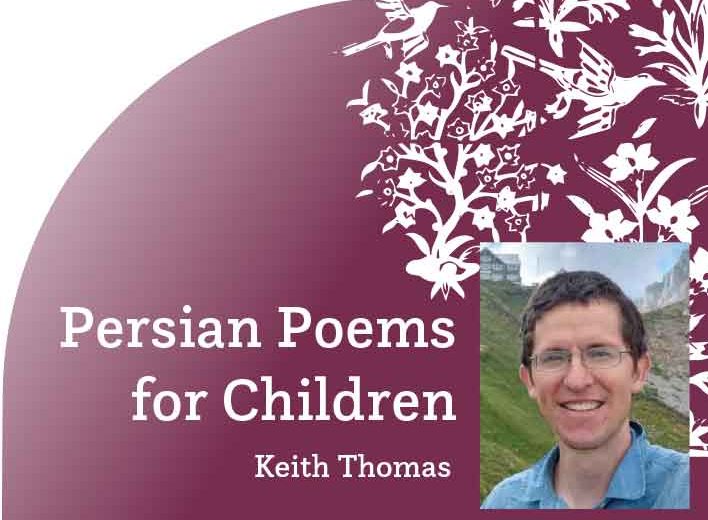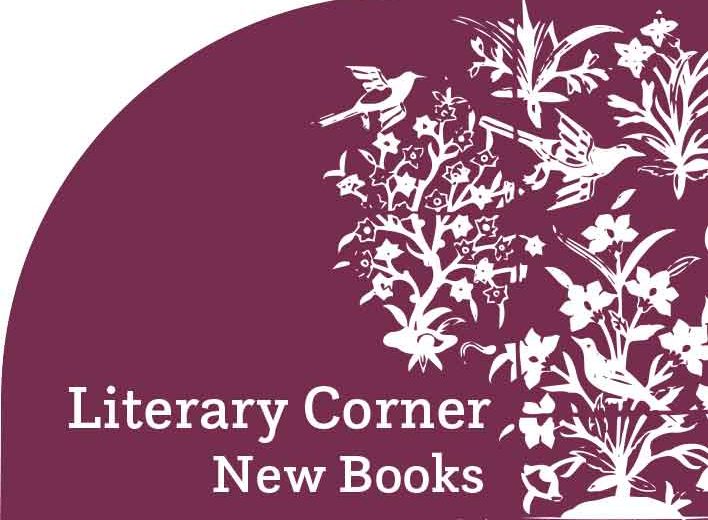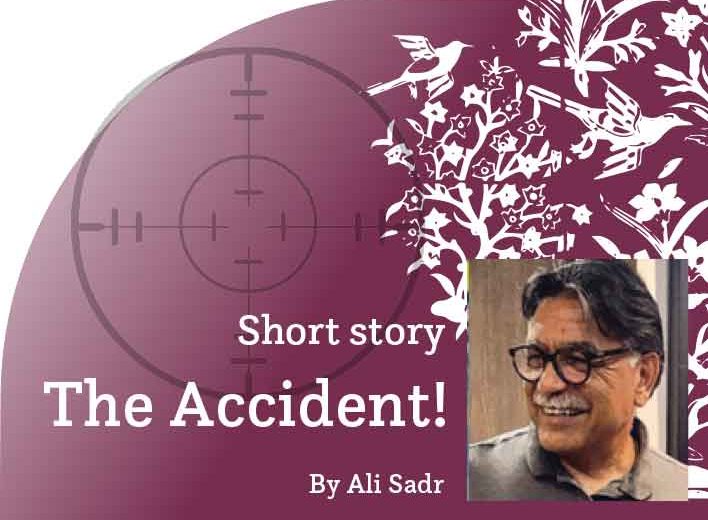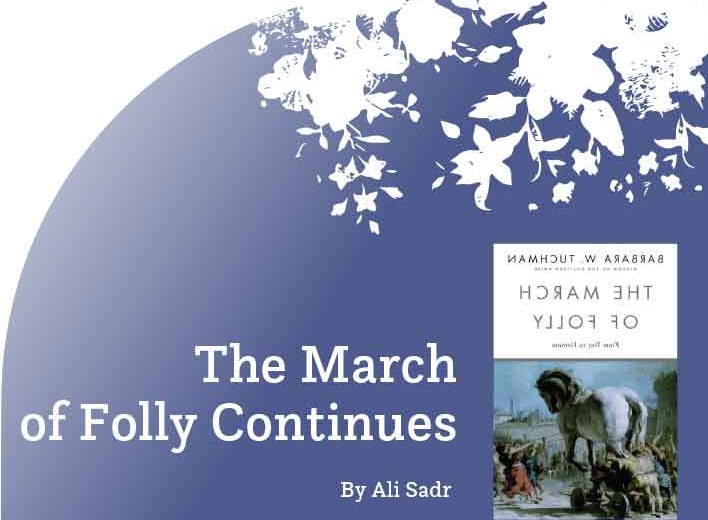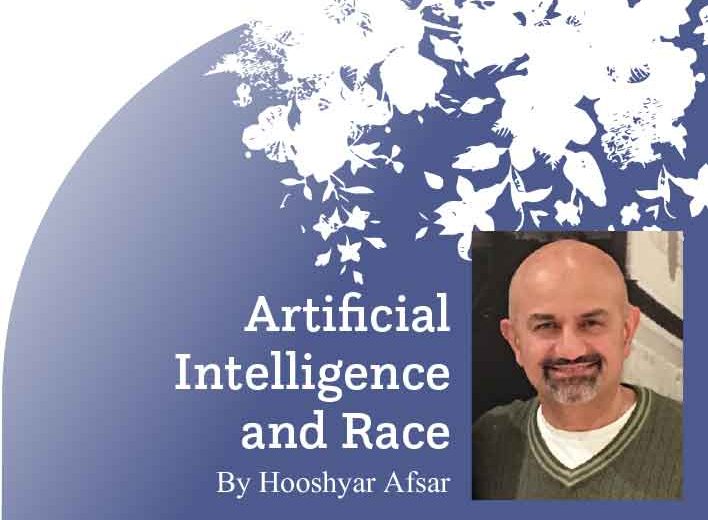Another Successful SDMA-PCC Mehregan Fall Fête
Ladan Akbarnia, Ph.D.
This year’s Mehregan Fall Fête, a collaboration between The San Diego Museum of Art (SDMA) and the Persian Cultural Center (PCC) of San Diego, featured a late afternoon performance by Aida Shahghasemi and her band in the Museum’s sculpture garden. Some of the attendees enjoyed an exclusive tour of the Arts of Iran and Americas galleries by Anita Feldman, SDMA’s Deputy Director for Curatorial Affairs and Education, and Ladan Akbarnia, Curator of South Asian and Islamic Art. The galleries currently feature four newly installed works of Iranian contemporary art. There was also a special appearance by artist Ala Ebtekar, whose works are among the pieces on display. Our PCC representative, event organizer, and MC—Anahita Babaei—kicked off the performance portion of the evening by introducing Roxana Velásquez, the Maruja Baldwin Executive Director of SDMA, Gita Khadiri, Trustee of the San Diego Museum of Art, and Ladan Akbarnia—all of whom spoke about the fundraiser’s objectives and thanked the PCC and SDMA organizers, donors, and supporters who bring these important initiatives to fruition. Ms. Velásquez also announced the Museum’s first acquisition of a work of Iranian contemporary art, an impressive large-scale collage print on canvas entitled Migration (2018) by London-based artist Mohammad Barrangi.

Barrangi combines contemporary printmaking with Persian and Arabic illustrated manuscript traditions to explore narratives about personal experience and identity as well as more universal themes through a cross-cultural, mixed media approach. His artistic practice involves handmade traditional calligraphy tools to produce small works, many of which are expanded into large-scale murals via laser photocopying, collagraph, and collage. Barrangi’s work has been featured in international publications, festivals, and prizes, such as the Muestra del IV Premi International, Tragaluz; The 6th International Tokyo Mini-Print Triennial; Bologna Illustrators Exhibition 2018; Story Museum, Oxford; and the Hafez Gallery in Saudi Arabia. The artist’s works can be found in renowned collections such as the British Museum, The Los Angeles County Museum of Art, and now, SDMA.
Migration was recently featured in a solo show organized by Advocartsy in LA. The newly-acquired work is inspired by the Mantiq al-tayr (Conference of the Birds), an allegorical poem attributed to Persian Sufi poet Farid al-Din ‘Attar (d. ca. 1221) about a group of birds seeking the mythical bird king, Simurgh. A metaphor for the mystical path of the Sufi, or Muslim mystic, toward enlightenment, the work also touches upon the artist’s own history as an Iranian immigrant to the United Kingdom and his personal journey of assimilation.
Attendees at the Mehregan fête were also impressed by a pair of moving prints and a powerful quadriptych panel by Ala Ebtekar, all three of which are currently on loan and open to consideration for acquisition. Ebtekar is an Iranian-American artist with an MFA from Stanford University working between San Francisco, the Gulf Region, and Tehran. His multimedia practice reflects in-depth intellectual, material, and technological research into the last 1,000 years of image making and visual traditions in Iran, the Islamic world, Europe, and North America, including their relationship to the present. Ebtekar’s work explores scientific traditions associated with Islamic visual culture, among them optics, astrology, and cosmology. Discourses of Muslim scientists, mystics, poets, and polymaths become woven into the artist’s exploration of light as both concept and medium, or of Islamic narrative and bookmaking traditions, and how such ideas and traditions relate to the current local and global moment.
The two prints on view in the Arts of Iran gallery share the title Under Every Deep a Lower Deep Opens, but belong to two distinct but related series inspired by the Persian Sufi poet Hafiz (d. 1390) and American Transcendentalist poet Ralph Waldo Emerson (d. 1882). Each series was produced from an entire printed book containing collections of poetry from Hafez and Emerson. Pages were disassembled from each book and overlaid with an illuminated “lattice” inspired by vegetal and geometric ornament in Persian visual traditions. The title for both works references Emerson’s 1841 essay, “Circles,” in which the poet reflects on the circular, continuous, and universal nature of creativity. Writing over 400 years after Hafiz, Emerson admired his Persian counterpart as a “poet for poets.” A further century later, Ebtekar pays respect to both literary figures, creating a visual dialogue uniting them—and perhaps himself and viewers, too—in a creative, transcendent continuum. In Zenith, on view in the Arts of Americas galleries, Ebtekar employs the cyanotype technique invented by Sir John Herschel, treating the surface with potassium ferricyanide and ferric ammonium citrate, where the red iron changes into blue by being exposed to the sun. The artist then paints Chinese-inspired clouds recalling 14th-century Persian manuscript illustrations. Exploring light as both medium and technique, the artist illustrates a “journey to/through light,” referencing the Sufi philosopher Suhrawardi (d. 1191) and his ishraqi philosophy (“wisdom of light”).

Ala Ebtekar (Iranian-American, b. 1978), Under Every Deep a Lower Deep Opens (Hafez), 2015, Edition 4/10. Archival pigment print on book pages mounted on Arches. Courtesy of Gallery 16.
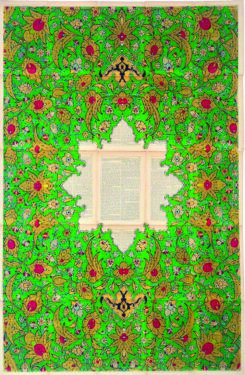
Ala Ebtekar (Iranian-American, b. 1978), Under Every Deep a Lower Deep Opens (Emerson), 2015, Edition 9/11. Archival pigment print on book pages mounted on Arches. On loan from Gallery 16.

Ala Ebtekar (Iranian-American, b. 1978), Zenith VIII, 2021. Acrylic over cyanotype exposed to sunlight on canvas. Collection of the artist.
While in past years the annual fundraiser supported the opening of a gallery dedicated to the Arts of Iran as well as important conservation projects enabling the display of historic works in the collection, a new initiative was launched in 2020 to raise funds specifically for the acquisition of art made in Iran and the Persianate world or by Iranian contemporary artists. We are delighted to report that the acquisition of Migration was made possible entirely by the support of our community’s generous patrons of the arts of Iran. We hope this is the start of a growing trend to build our local collection of Iranian art and material culture.
